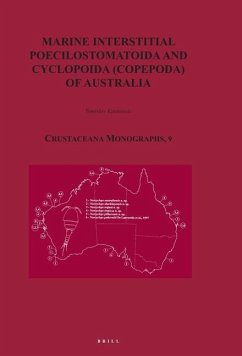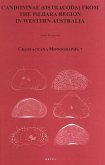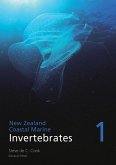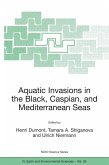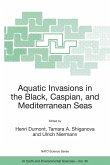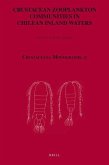The prime function of the interstitial system is the processing of organic material flushed into the sand. It functions as a carbon sink, which has significant implications in this age, in which we are trying to fight carbon levels in the atmosphere. Copepods are top predators here and thus crucially important. This book presents the first data about cyclopoid and poecilostomatoid copepods from the Australian marine interstitial. It includes one new cyclopoid family, the second record of the poecilostomatoid family Polyankyaliidae, one new genus, and 21 new species. A zoogeographic analysis of the copepods recorded emphasizes the importance of looking at small-scale patterns when inferring Gondwanaland biogeography, and a number of distinct zoogeographic regions is now becoming apparent in Australia.
Hinweis: Dieser Artikel kann nur an eine deutsche Lieferadresse ausgeliefert werden.
Hinweis: Dieser Artikel kann nur an eine deutsche Lieferadresse ausgeliefert werden.

